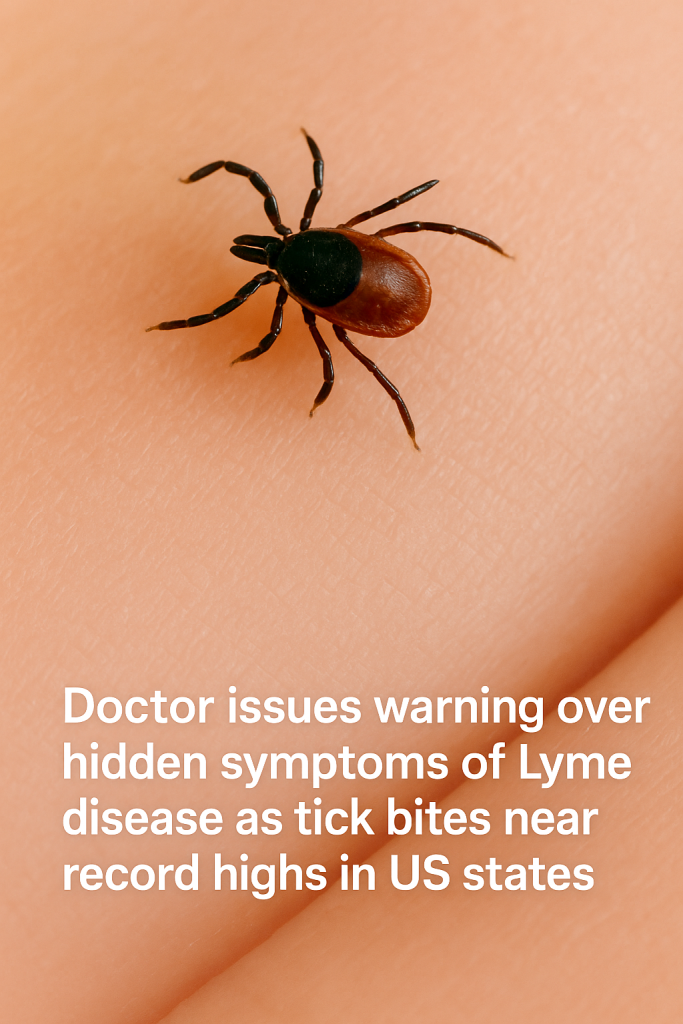Tick bites are reaching alarming new highs across multiple US states in 2024, prompting urgent warnings from medical professionals about Lyme disease – particularly its often overlooked, hidden symptoms. As outdoor activities increase with warmer months, numerous Americans face elevated risk of tick exposure, a trend experts say could fuel a rise in difficult-to-diagnose Lyme disease cases.
“Some signs of Lyme disease are alarmingly easy to miss,” says a renowned US physician specializing in infectious diseases. “The classic bullseye rash doesn’t always appear, which means delays in diagnosis can happen, leaving patients vulnerable to more severe complications.”
Recent data indicate that tick bite incidents have climbed to record highs in several states with traditionally high tick populations, including parts of the Northeast, Midwest, and Pacific Northwest. This surge heightens concerns about Lyme disease – a bacterial infection transmitted by black-legged ticks (also called deer ticks) carrying Borrelia burgdorferi.
While many people associate Lyme disease with the distinctive red rash, key symptoms can be subtle or resemble other conditions:
- Fatigue that persists beyond typical tiredness
- Joint pain or swelling often mistaken for arthritis
- Neurological symptoms like numbness, tingling, or facial palsy (sometimes called Bell’s palsy)
- Fever, chills, headache, and muscle aches mimicking flu-like illness
- Heart palpitations or irregular heartbeat in rare cases
Because these symptoms can be vague and manifest weeks after a tick bite, doctors caution that awareness is critical for prompt treatment. Untreated Lyme disease can lead to debilitating chronic issues, including severe joint inflammation and neurological problems.
Experts urge the public to take comprehensive tick bite prevention measures, including:
- Wearing long sleeves and pants in wooded or grassy areas
- Using Environmental Protection Agency (EPA)-approved insect repellents
- Performing thorough tick checks after outdoor activities
- Removing attached ticks quickly and properly using tweezers
- Seeking medical attention if symptoms develop following a tick bite
Health officials also emphasize that early antibiotic treatment—typically lasting two to four weeks—is highly effective at eradicating the infection and preventing severe effects.
Public health agencies are closely monitoring tick populations and Lyme disease incidence while promoting education campaigns to help reduce new infections. As tick activity continues to rise, the message is clear: vigilance and awareness about the full spectrum of Lyme disease symptoms can make the difference between a swift recovery and long-term health complications.
In summary, these warnings ring especially true this year: tick bites may be easy to overlook, but the potential hidden symptoms of Lyme disease are a serious health concern that demands attention from both the public and healthcare providers alike.



